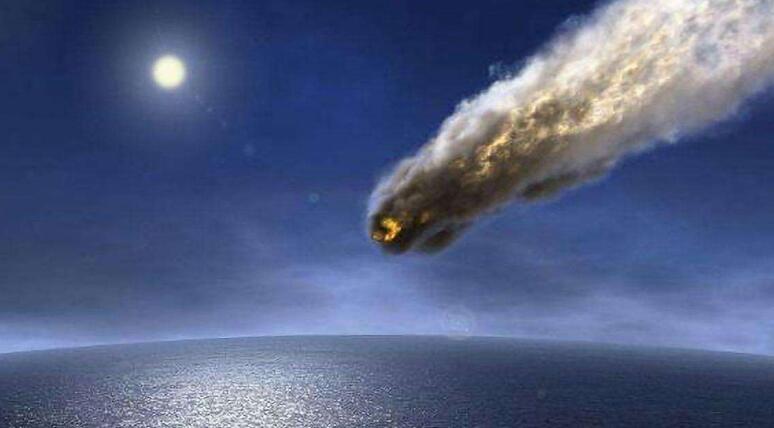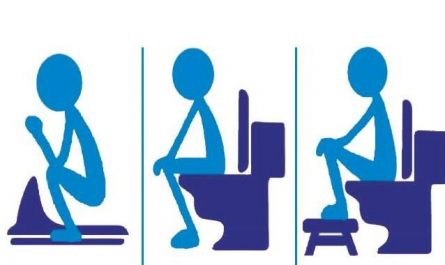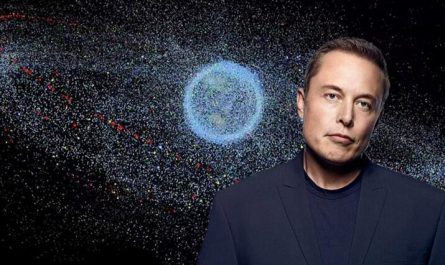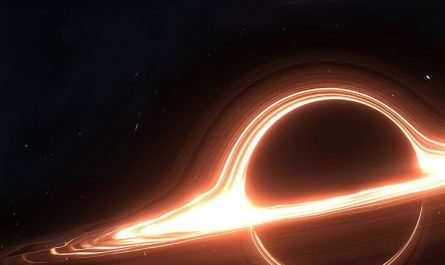What happens after the Earth is hit by a large asteroid?
65 million years ago, dinosaurs answered this question with their own extinction, but what if a large asteroid is replaced by a large comet?
These dirty snowballs composed of ice and other impurities sent half of the ocean to the earth when the earth was formed. But today, when life on the earth is full of life, what will be the consequences of the impact of a large comet?
Astronomers Eugene and Caroline Shoemaker from the United States discovered a comet near Jupiter in 1994 and named it SL9, but because the comet is too close to Jupiter, so The astronomy community soon discovered that it had been shredded into 21 pieces by Jupiter’s gravity, and these 21 pieces would soon fall into Jupiter: the most massive and bulky planet in the solar system.
Since this is the first time that humans have witnessed a celestial impact event, astronomical institutions in various countries, dominated by NASA, have organized a luxurious observation lineup. In addition to ground-based observatories scattered around the earth, the Hubble Telescope in low-Earth orbit, and the The Galileo probe on the way to Jupiter participated in the observation of the comet collision. Even Voyager 1, which was 6 billion kilometers away from Jupiter at that time, received an instruction from the ground control center: The planetary radio observation device analyzed and recorded the electromagnetic situation at the time of the impact from a distance.
From 4:15 on July 17th to 8:12 on 22nd in 1994, 21 fragments of SL9 hit Jupiter one after another. Among them, the fragment numbered G has a power of 6 trillion tons of TNT equivalent, which is equivalent to the current stage. The total equivalent of human nuclear arsenal is 600 times, and the single most powerful hydrogen bomb ever manufactured by mankind, the Tsar hydrogen bomb of the former Soviet Union, has an equivalent of only 55 million tons, and its power is not even comparable to the smallest fragment of SL9.
The three largest fragments of Comet SL9 have a total diameter of about 1.8 kilometers. If the thermonuclear weapons that mankind now hits these asteroids in space, the entire energy of the nuclear bomb will be released in the form of light and heat, directly gasifying these from the depths of the universe. Uninvited guest at the place.
And if you wait until the comet enters the earth before launching a nuclear weapon to implement defense, it is another situation, because the explosion of a nuclear bomb in the atmosphere will produce a violent shock wave, and the crushed comet fragments will cause greater harm.
But even 65 million years ago, the 10-kilometer-diameter asteroid failed to completely extinct life on Earth. Today, when human civilization has appeared on Earth, whether it is SL1, which has long since disappeared into Jupiter’s clouds, or Other “threatening celestial bodies” that may appear in the future are not terrible. After all, science and technology have been advancing, and human civilization will not remain on the earth forever, just like eggs will not be placed in the same basket.
As the third planet in the solar system from the inside to the outside, the earth’s position in space is not unfavourable, but there is another factor in addition to the position in space that really gives birth to life on the earth, and that is Jupiter.
As the planet with the largest volume and mass in the solar system and the largest number of satellites, Jupiter has always used its own huge gravity to attract wandering asteroids. There are more than 500,000 asteroids in the solar system asteroid belt between Mars and Jupiter. It is also stable because of the existence of Jupiter.
Is the earth really easy to hit?
The escape velocity of the earth is 11.2km/S, so if asteroids or comets from space pass by the earth, their speed must be lower than 11.2km/S to have a chance to be captured by the earth and then hit the earth.
But celestial bodies in space rarely have such low speeds, so theoretically, an asteroid or comet can only hit the earth if its orbit coincides with the earth, but this probability is too small and too difficult.
The distance of 380,000 kilometers between the earth and the moon is enough to squeeze all the remaining planets in the solar system. After the sun and the neighboring star 4.22 light years away are reduced in the same proportion, it is equivalent to two grapes separated by hundreds of kilometers. The analogy is almost the same. The “difficulty” of an asteroid hitting the Earth straight is like shooting a coin from the east coast of the United States and hitting a coin on the west coast.
Therefore, whether it is an asteroid or a human probe, there is no need to worry about crashing into other celestial bodies when flying in the universe, because space is really “space”.






